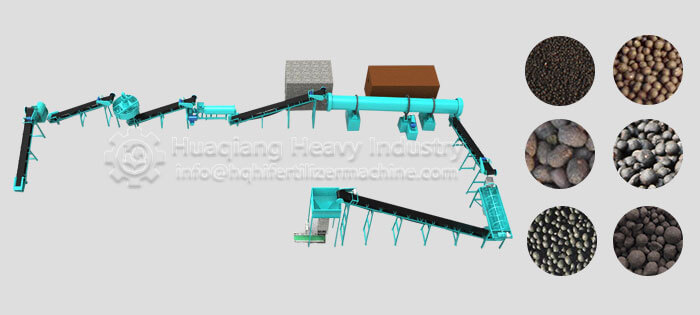
In organic fertilizer production lines, the screening stage directly affects the uniformity and quality of the finished granules. The two main types of screening equipment on the market are drum screener machines and vibration screener machines, each with its own strengths for different production needs.
1.Best for
Organic fertilizer, biofertilizer, and materials with higher moisture content. Offers moderate screening precision, suitable for particles above 3mm. Ideal for medium to large production lines (5-50 tons per hour).
2.Key Advantages
Handles wet, sticky materials (like composted organic fertilizer) well. Runs smoothly, causes less damage to granules, uses less energy, and is good for continuous operation.
Vibration screener machines
1.Best for
Compound fertilizer, inorganic fertilizer, and dry powdered materials. Offers high screening precision, capable of separating fine powders above 0.1mm. Suitable for small to medium production lines (1-20 tons per hour).
2.Key Advantages
Highly efficient screening, ideal for high-precision grading. Takes up less floor space, good for compact factories. Can be designed with multiple screen layers for multi-level screening in one pass.

How to Choose?
If you mainly produce organic or bio-fertilizer, a rotary screener machine is recommended to avoid breaking granules.
If you produce compound fertilizer or powdered fertilizer needing high-precision separation, a vibration screener machine is more suitable.
For large-volume production with high-moisture material, the rotary screener machine's stability and durability are better.
Rotary screens and vibrating screens each fit different scenarios. The choice should consider material properties, production scale, and required screening precision. Matching the right equipment to your needs maximizes efficiency and improves the quality of your finished fertilizer.